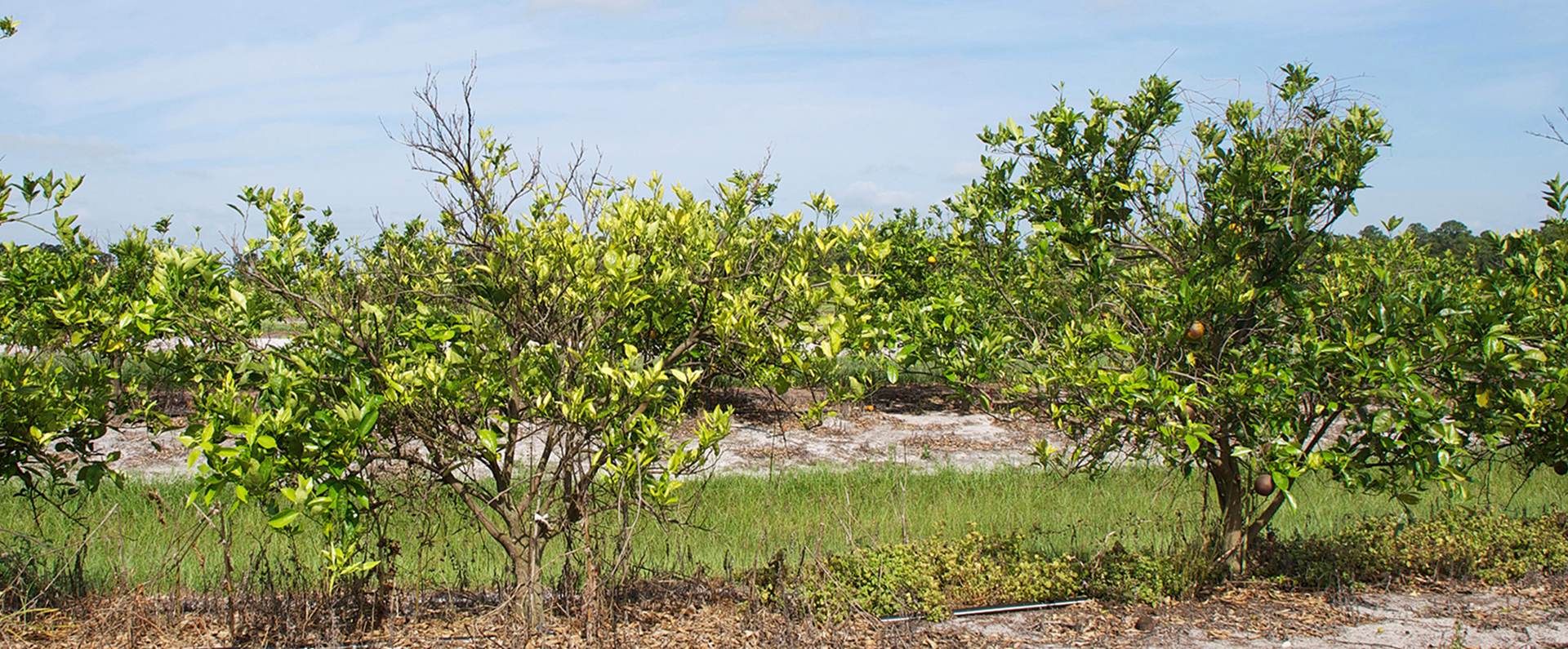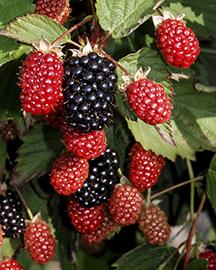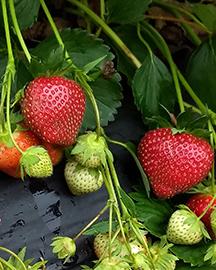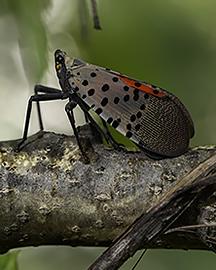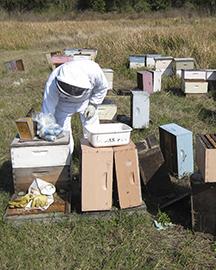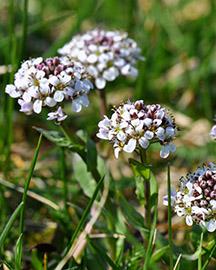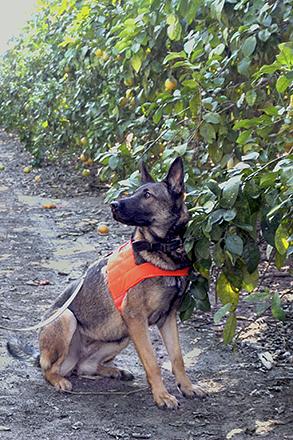
Using Canines to Detect Devastating Citrus and Vegetable Pathogens
The Huanglongbing (HLB) epidemic continues to devastate the citrus industry worldwide. Unfortunately, visible signs of this disease do not manifest for months or years after initial infection; by then, it is difficult if not impossible for citrus growers to save their crop from mass infection. To address this growing need for effective early response techniques, ARS researchers with the U.S. Horticultural Research Laboratory in Fort Pierce, FL, trained 20 dogs to detect the bacterium responsible for HLB in citrus.
According to the team’s research, the canines were able to detect infected fruit trees with 99 percent accuracy in controlled tests (where the infection status of each tree tested is known) – exceeding the accuracy rate of any other available detection technology. Additionally, the detector dogs could travel through groves of trees in mere minutes. Previous HLB detection techniques involved humans picking a small number of leaf samples from suspect trees and spending days to weeks performing laboratory testing. The time saved in detecting the disease earlier gives citrus growers the chance to immediately remove infected trees, minimizing spread of the disease, and therefore controlling what could have been a severe outbreak and crop loss.
Related Information



